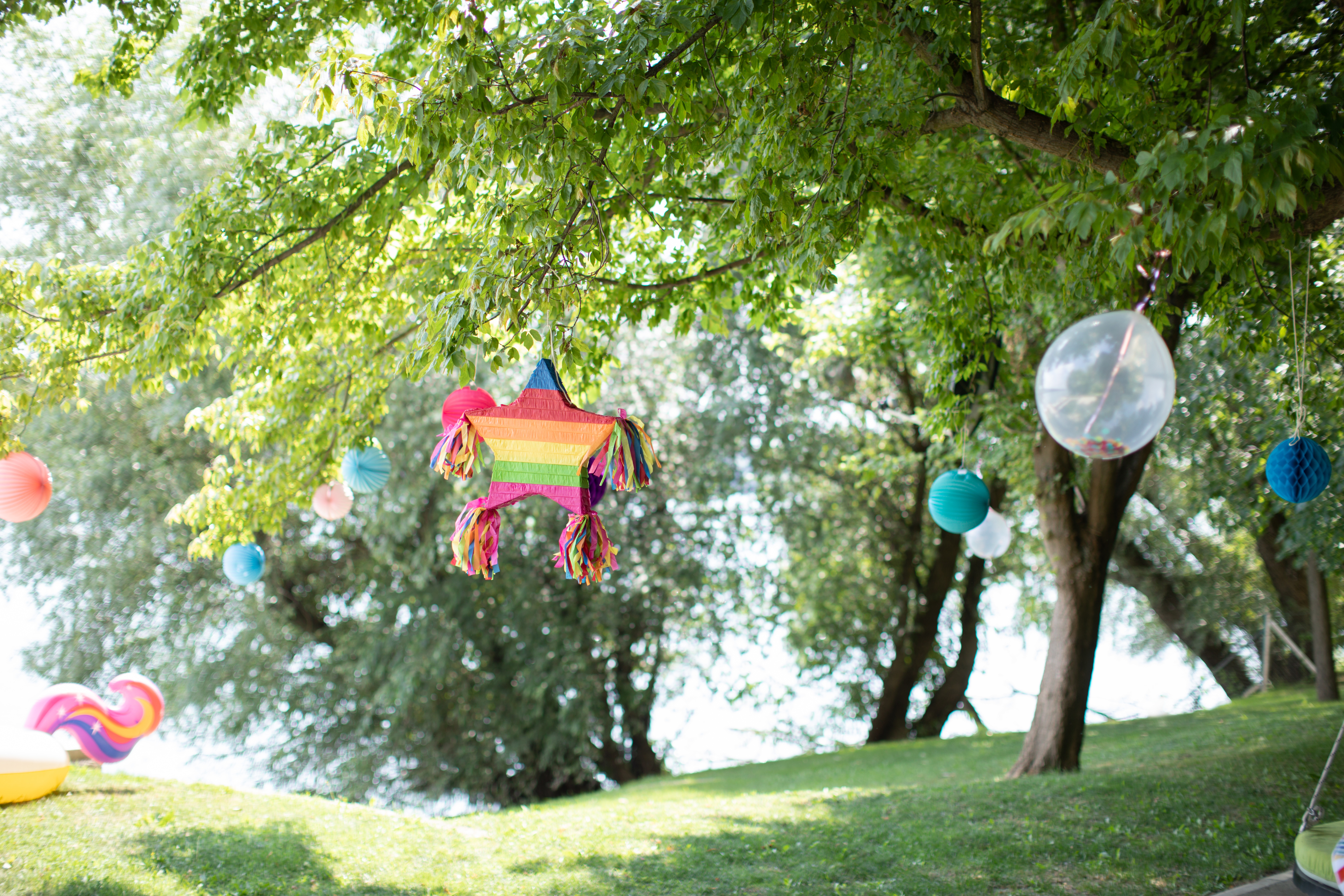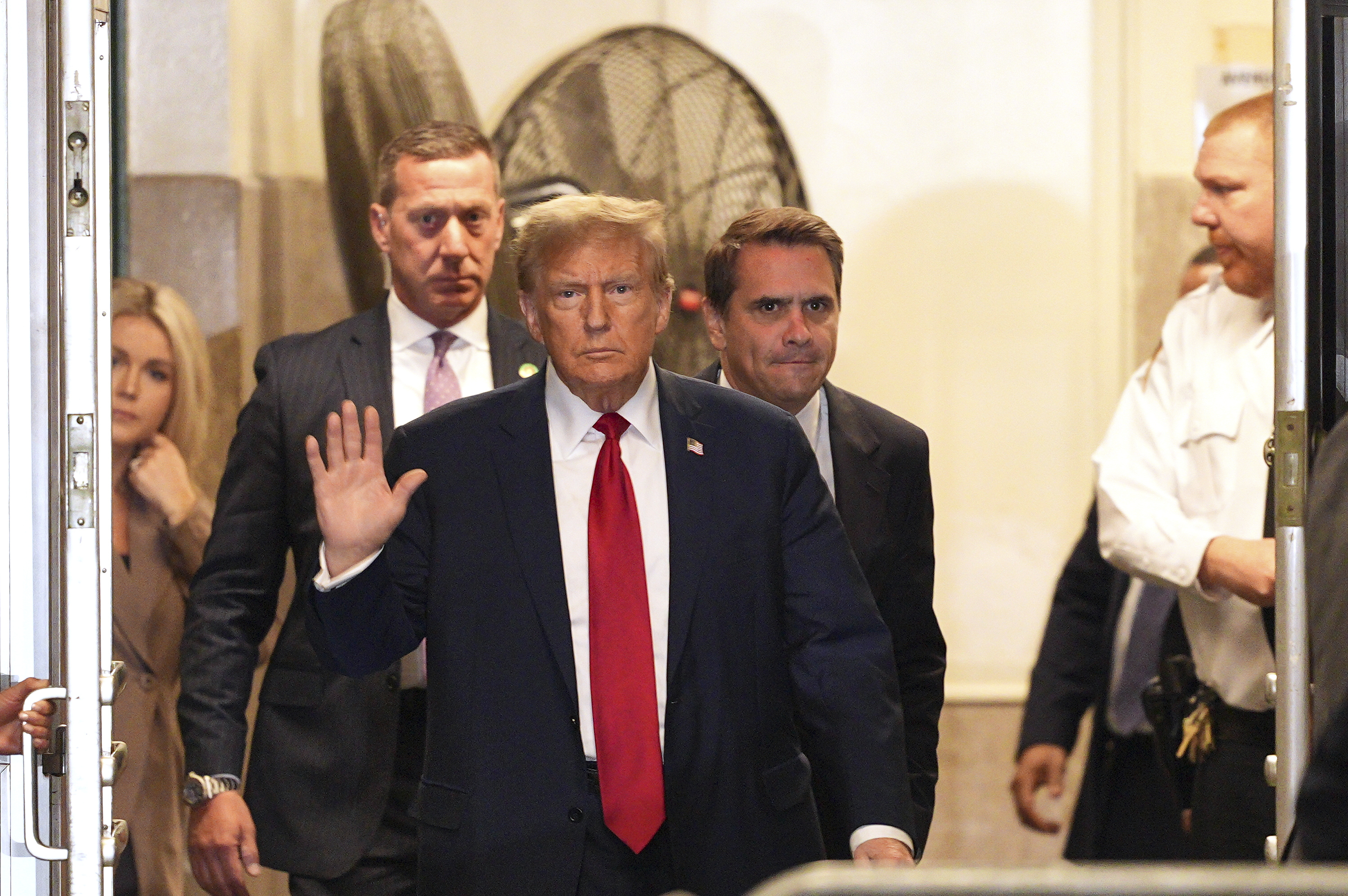What to Know
- The second attacker was pretending to be a member of the press. It was the deadliest assault on reporters since the fall of the Taliban
- At least 45 people were wounded in the attacks, the latest in a relentless string of large-scale bombings and assaults in the capital
- The Islamic State group claimed the Kabul bombings
Two Islamic State suicide bombers struck in Afghanistan's capital on Monday, killing 25 people, including nine journalists who had rushed to the scene of the first attack, in the deadliest assault on reporters since the fall of the Taliban in 2001.
An Agence France-Presse photographer and a cameraman for the local Tolo TV station were among the fatalities, police said. Two reporters for the Afghan branch of Radio Free Europe and a third who was to begin working there soon also were killed, Radio Free Europe said. At least 45 people were wounded in the attacks, according to Kabul police spokesman Hashmat Stanekzai, who said four police were among those killed.
The attack was the latest in a relentless string of large-scale bombings and assaults in the capital and elsewhere in Afghanistan this year.
A few hours later, in the southern Kandahar province, a suicide car bomb targeting a NATO convoy killed 11 children from a nearby religious school, police said. The children had gathered around the NATO convoy for fun when the bomber struck, said Abdul Rahim Ayubi, a lawmaker from Kandahar. Eight Romanian NATO soldiers were wounded.
The Islamic State group claimed the Kabul bombings in a statement posted online, saying it targeted the Afghan intelligence headquarters. The statement did not say anything about specifically targeting journalists. The blasts took place in the central Shash Darak area, home to NATO headquarters and a number of embassies and foreign offices — as well as the Afghan intelligence service.
Stanekzai said the first suicide bomber was on a motorbike, while the second targeted those scrambling to the scene to aid victims. He said the second attacker was on foot in a crowd of reporters, pretending to be a member of the press, when he set off his payload.
U.S. & World
AFP said the news agency's chief photographer in Kabul, Shah Marai, was among those killed. Hundreds of people attended his funeral later on Monday.
Media watchdog Reporters Without Borders said it was the deadliest attack targeting reporters since the U.S.-led invasion that overthrew the Taliban in 2001.
The Paris-based group named the nine journalists killed, who worked for media organizations from multiple countries, and said another six reporters were wounded. The group, also known by its French acronym RSF, said 36 media workers have been killed in Afghanistan in attacks by IS or the Taliban since 2016.
In a separate attack in the eastern Khost province, a 29-year-old reporter for the BBC's Afghan service was shot dead by unknown gunmen. The BBC confirmed the death of Ahmad Shah, saying he had worked for its Afghan service for more than a year. BBC World Service Director Jamie Angus called it a "devastating loss."
Survivors of the attacks in Kabul recounted scenes of mayhem.
"When the explosion happened, everywhere was covered with dust and fire, it was such a horrific scene," said Jawed Ghulam Sakhi, a 28-year-old taxi driver. "I saw journalists covered with blood."
Masouda, a young woman who was with her husband when he was wounded in the attack, lashed out at the authorities.
"I don't know who is responsible for all these attacks. Every day we lose our loved ones and no one in this government is taking responsibility for the killing of these innocent people," she said. Like many Afghans, she has one name.
Afghan President Ashraf Ghani condemned the attacks, as did the U.S. Embassy in Kabul.
"We extend our deepest condolences to the families, friends, and colleagues of all the victims, including a number of brave journalists among the dead and injured," the embassy said. "Where media are in danger, all other human rights are under greater threat."
In other violence Monday, insurgents killed at least four Afghan policemen in an ambush in the northern Balkh province, said Sher Mohammad Abu-Tariq, the district chief in Nahri Shahi. In the eastern Nangarhar province, an explosion killed an Afghan police officer and wounded four other people, said Attuhullah Khogyani, spokesman for the provincial governor.
No one claimed responsibility for the attacks. The IS affiliate in Afghanistan first emerged in Nangarhar a few years ago, then expanded its footprint across the country.
IS and the more firmly established Taliban carry out regular attacks, with the Taliban usually targeting the Afghan government and security forces, and IS targeting the country's Shiite minority, whom the militants view as apostates.
The relentless assaults underscore the struggles that Afghan security forces have faced since the United States and NATO concluded their combat mission at the end of 2014. Both armed groups want to establish strict Islamic rule in Afghanistan.
Last week, an Islamic State suicide bomber attacked a voter registration center in Kabul, killing 60 people and wounding at least 130 others. The month before, an IS suicide bomber targeted a Shiite shrine in Kabul where people had gathered to celebrate the Persian new year. That attack killed 31 people and wounded 65 others.
___
Associated Press writers Maamoun Youssef in Cairo, Angela Charlton in Paris and Alison Mutler in Bucharest, Romania, contributed to this report.



